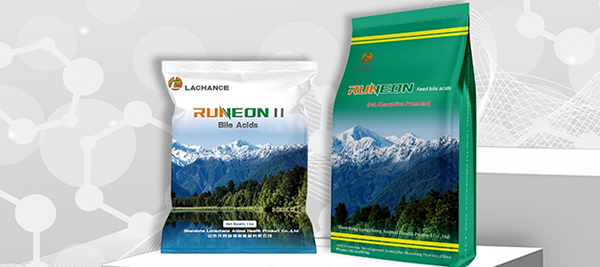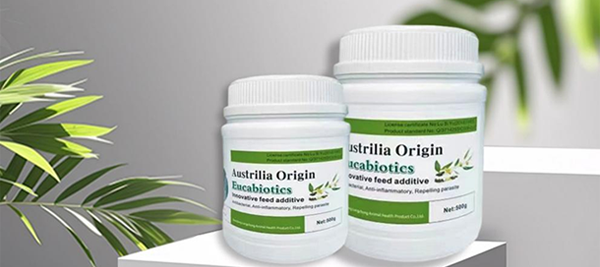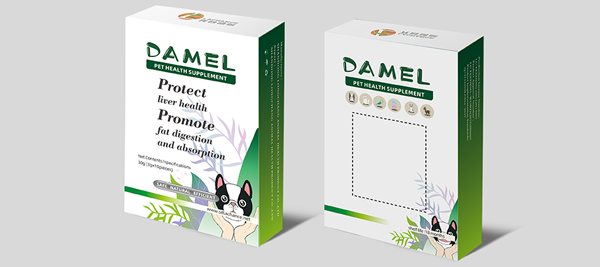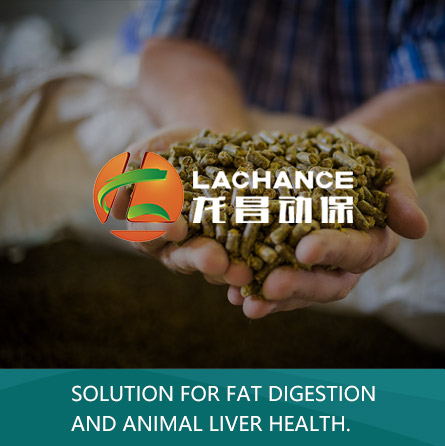Protect Your Shrimp from Black Head: Causes & Countermeasures
Author:Lachance
Time:2025-06-24
Hits:
Symptoms and Outbreaks
Black Head in Shrimp
/01
Black Head in Shrimp
/02
Excessively rapid growth, leading to hepatopancreatic overload: After heavy feeding, the shrimp grow too quickly, overburdening their hepatopancreas. The hepatopancreas is a vital organ for metabolism and detoxification, and prolonged overloading can cause damage.
Unbalanced feed nutrition: High levels of protein and fat in feed can increase the burden on the hepatopancreas. Long-term feeding of high-energy, high-fat feed can cause fat deposition in the liver, leading to hepatocyte damage or even necrosis. Pathogenic vibrios (e.g., Vibrio harveyi, Vibrio parahaemolyticus): Once these bacteria enter the shrimp's body, they multiply rapidly and destroy normal hepatopancreatic cells, causing damage. When shrimp are infected, their immunity and resistance decline, making the hepatopancreas more susceptible to injury. Ingestion of indigestible substances: During feeding, shrimp may consume dead algae (containing algal toxins) or sediment, which accumulate in the hepatopancreas and cause damage. The use of improper medications, such as antibiotics, during farming can also severely harm the hepatopancreas.

Hazards of Black Head in Shrimp
Black Head in Shrimp
/03
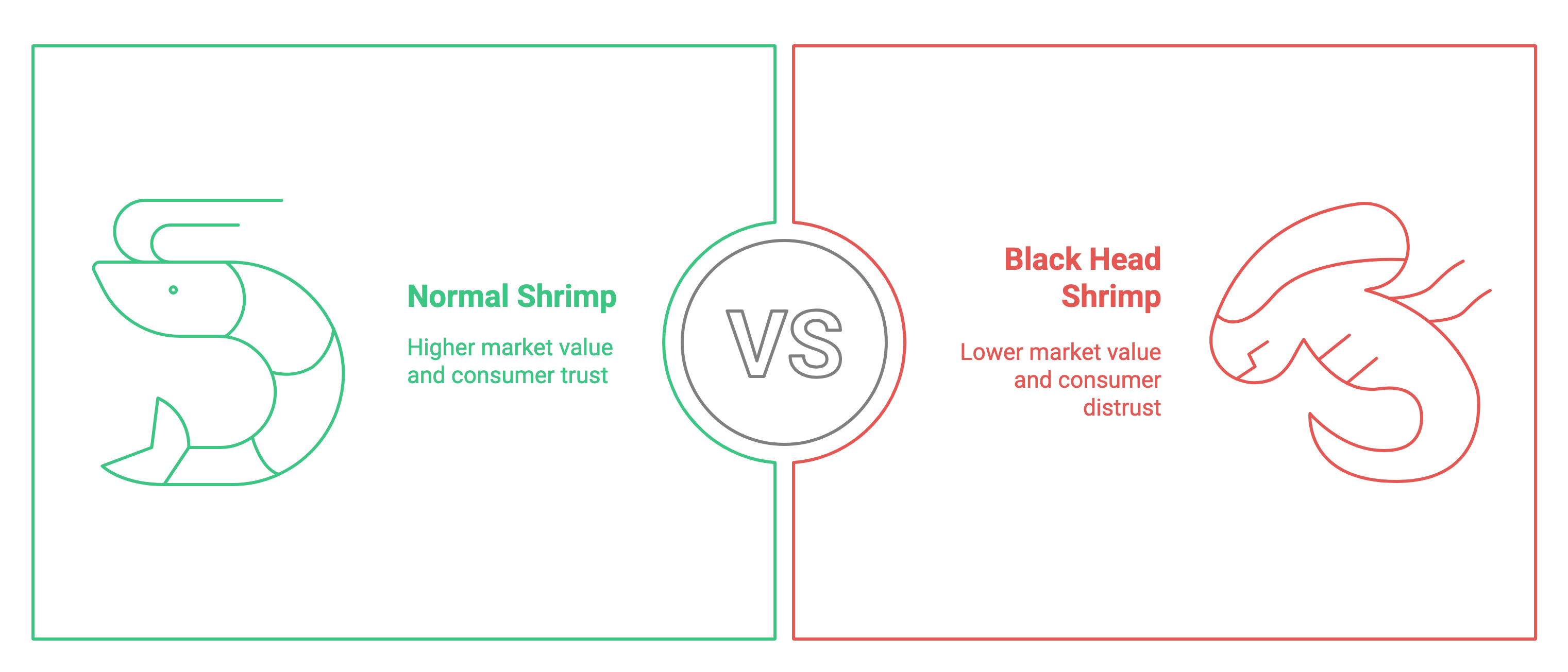
Measures to Mitigate Black Head in Shrimp
Black Head in Shrimp
/04
Ensure a balanced ratio of protein and fat in feed to maintain nutritional equilibrium. Implement precise feeding practices and use high-quality feed. Strengthen environmental management by regularly monitoring water quality. Use aerators or air pumps to increase dissolved oxygen levels, meeting the shrimp's oxygen demands. Plan stocking densities carefully. Enhance disease prevention and control through regular disinfection, disease monitoring, and scientific medication to avoid issues like drug resistance and residues. 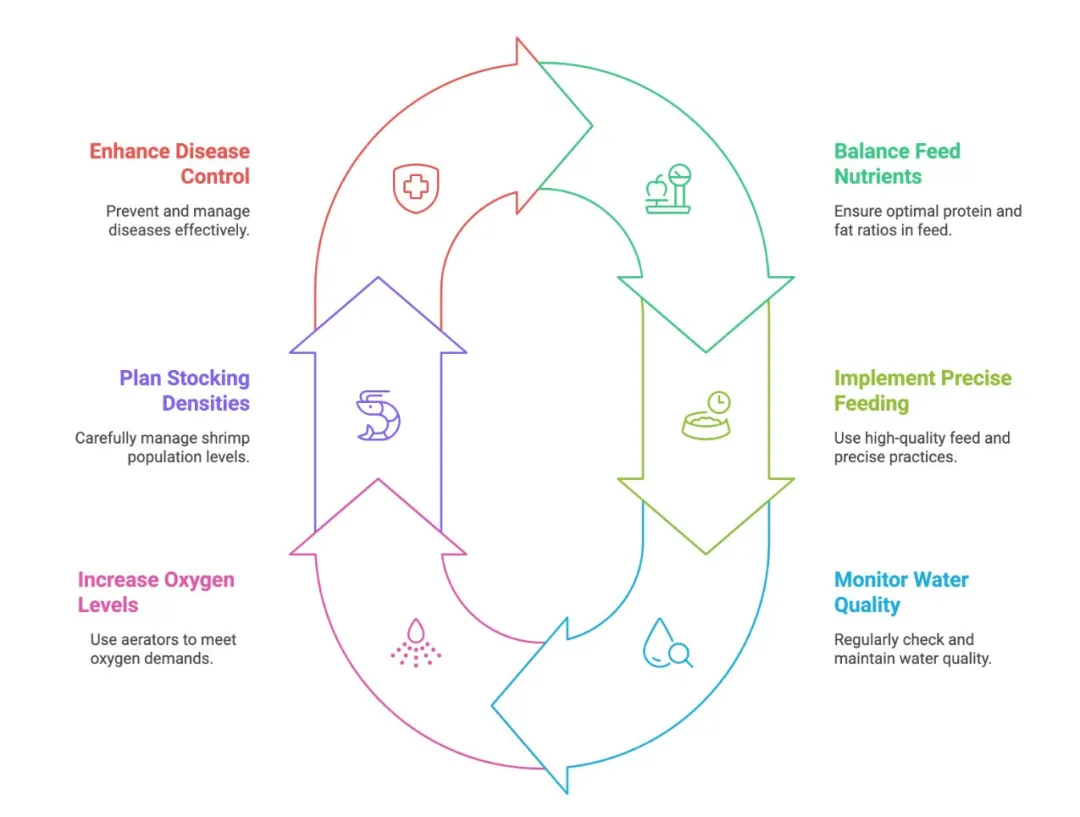
Use functional feed additives, such as bile acids, to help repair damaged hepatopancreatic cells, promote the differentiation and improvement of hepatopancreatic ducts, and enhance the utilization of fats and fat-soluble vitamins in feed. Strengthen the detoxification and toxin-elimination functions of the hepatopancreas, significantly reducing its burden.

